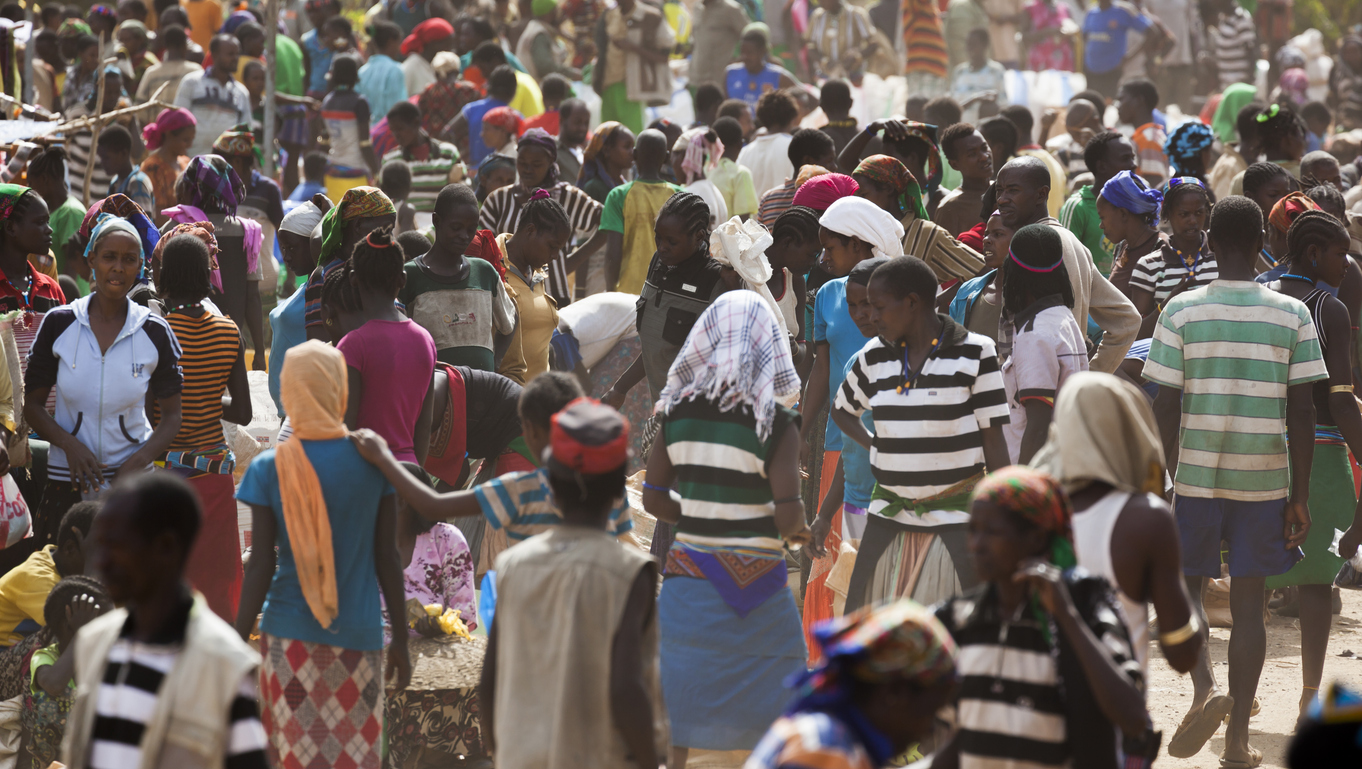- The critical shortage of oral cholera vaccine continues, due to a surge in requests from countries in multiple world regions, the World Health Organization (WHO) said today in an update on the disease. Since January 2023, there have been 82 million doses requested from 15 countries, almost double the 46 million doses produced over the same period. The global stockpile was depleted until early March 2024 and currently has 3.2 million doses, far short of the 5 million-dose goal. Compared to last year at this time, cases are 32% lower, but deaths are 14% higher. Since the WHO's last cholera update, a new outbreak has been reported in Mayotte, the French overseas territory in the Indian Ocean. The outbreak, which began in late April, includes people who arrived by boat from cholera-affected countries Comoros and Tanzania.
- Astra Zeneca today reported promising phase 3 findings its long-acting monoclonal antibody for pre-exposure prophylaxis (prevention) against COVID-19 in immunocompromised patients. The drug, called sipavibart, showed a statistically significant reduction in symptomatic COVID when compared to placebo. Also, the drug showed potential benefits that spanned evolving SARS-CoV-2 variants, given that several variants circulated over the course of the trial. The drug was well tolerated, with levels of adverse events similar in both the treatment and control groups. Astra Zeneca is currently in talks with drug regulators about possible approval or authorization pathways. In early 2023, the US Food and Drug Administration (FDA) pulled the emergency use authorization for Evusheld, an earlier pre-exposure prophylaxis monoclonal antibody, because it was unlikely to be effective against the latest SARS-CoV-2 variants.
- BD (Becton, Dickenson and Company) yesterday announced that the FDA has approved the use of self-collected vaginal specimens for human papillomavirus (HPV) screening in settings where cervical specimens can't be obtained. Settings could include nontraditional sites like retail pharmacies or mobile clinics. The company said the self-collection option could improve access in underserved areas or among patients who aren't comfortable with pelvic exams.
Quick takes: Cholera vaccine shortages, pre-exposure COVID prevention, HPV screening specimen self-collection
COVID-19 linked to increased preterm birth, other problems in pregnancy

Findings from a large study in California, which distinguished the COVID-19 pandemic period from individual SARS-CoV-2 infections, suggest that SARS-CoV-2 infection is tied to increased preterm birth (PTB), high blood pressure during pregnancy, and severe maternal morbidity. The study is published as a research letter in JAMA Network Open.
Researchers looked at live birth data from California hospital discharge records for 2019 to 2020. They compared pregnant women with COVID-19 in 2020, pregnant women without COVID-19 in 2020, and prepandemic pregnant women in 2019.
Overall, parents with COVID-19 infections were more likely to be Hispanic, have lower education, receive public insurance, and live in lower income neighborhoods compared with the other groups, the authors said.
Infection tied to high blood pressure, severe outcomes
Birth outcomes noted included preterm birth (PTB), high blood during pregnancy, gestational diabetes, and severe maternal morbidity.
Compared to 2020 births without COVID-19 infections, there were higher burdens of PTB (2.8%; 95% confidence interval [CI], 2.1% to 3.5%), high blood pressure (3.3%; 95% CI, 2.4% to 4.1%), and SMM (2.3%; 95% CI, 1.9% to 2.7%) among women with COVID-19.
This study adds to understanding of the associations between COVID-19 and perinatal health in a large, diverse population.
"This study adds to understanding of the associations between COVID-19 and perinatal health in a large, diverse population by distinguishing the connections of SARS-CoV-2 infection from those of the COVID-19 pandemic period with PTB and birth parent conditions," the authors concluded.
COVID, other misinformation varies by topic, country on social media

PLOS One has published a study noting that the spread of COVID-related and other misinformation on social media varies by topic and by country in Europe.
The study was conducted by analyzing news activity on Twitter (now X) in France, Germany, Italy and the United Kingdom from 2019 to 2021, noting misinformation on major news topics including Brexit, coronavirus, and COVID-19 vaccines.
News sources cited were rated as either "reliable" or "questionable" based on their NewsGuard scores, which measure nine journalistic criteria, assigning outlets a reliability score out of 100.
Rate of questionable news highest in German
The authors found the United Kingdom maintained a relatively stable proportion between questionable and reliable retweets across different topics. Germany, on the other hand, had the highest ratio of questionable news retweets on each of the three topics analyzed, followed by France.
"Our findings indicated that reliable sources dominate the information landscape, but users consuming content mainly or exclusively from questionable news outlets were often present," the authors concluded.
The authors also said monitoring news consumption by country rather than continental region would be useful for any efforts looking to combat misinformation.
Monitoring the information landscape at both national and European levels is indeed crucial to understanding the state of public discourse on contentious topics.
"Monitoring the information landscape at both national and European levels is indeed crucial to understanding the state of public discourse on contentious topics and detecting the emergence of new and divisive narratives within the European context," they said.
Report highlights role of socioeconomic, sociocultural factors in antimicrobial resistance

A policy brief published yesterday by the European Observatory on Health Systems and Policies suggests antimicrobial resistance (AMR) policies need to take socioeconomic and sociocultural factors into account.
The brief notes that while efforts to understand AMR have focused on the biomedical model, interactions between socioeconomic and sociocultural determinants of health and AMR, particularly in low- and middle-income countries, have not been studied extensively. Among the factors the authors highlight are gender, living situations, healthcare access, educational access, poor governance, mobility, conflict, and climate change.
Although how these factors contribute to the spread of AMR are complex, the authors say that understanding them could inform development of interventions. Such interventions could address, for example, why women are more likely than men to experience exposure to drug-resistant infections and be prescribed antibiotics, why people in urban and overcrowded environments are associated with a higher risk of AMR, how limited access to healthcare can result in more inappropriate antibiotic use, and how human mobility and conflict can lead to the introduction and spread of new strains of drug-resistant organisms.
"Policy that understands these and the way they interact with one another will be more likely to achieve its aims," the authors write.
A new policy framework
The brief suggests that a policy framework to respond to these socioeconomic and sociocultural factors should focus on antimicrobial stewardship, infection prevention and control, equitable access to diagnostics and effective treatments, and increased investment in incentives to stimulate research and development into new treatments. It should also be people-centered, multifactoral, and evidence-based and emphasize effective governance.
"There is increasing evidence of the critical role that socioeconomic and sociocultural factors play in driving AMR, shaping the health and economic impacts of AMR, and influencing the effectiveness of innovations and progress to tackle AMR at the individual, health system and societal level," the authors write. "It is essential that AMR policy takes these socioeconomic drivers and impacts into account moving forward."









